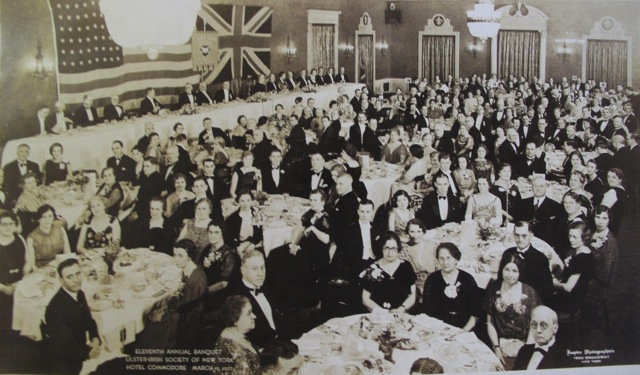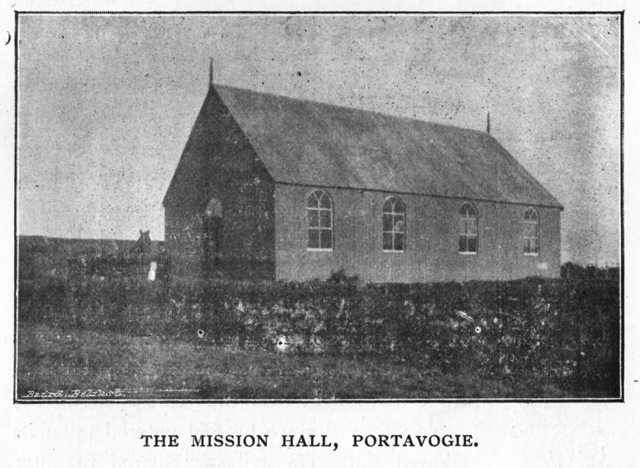
In 1831, James Dowsett Rose Cleland (1767-1852) of Rathgael near Bangor decided to test the legend that St Patrick had not only driven the snakes from Ireland, but that he had also made the island uninhabitable by them. Cleland went to Covent Garden in London, bought six snakes (natrix torquata), and brought them home where he released them in his own garden.
Within a week one of them was killed six miles away at Milecross near Kiltonga outside Newtownards, causing great excitement and concern among the local population. It was taken to the naturalist Dr James L Drummond (1753-1853), Professor of Anatomy at Belfast Inst, who was horrified by the discovery of a snake in Ireland. One minister preached on the subject, suspecting the end of the world was nigh, and another linked the snake’s appearance to cholera.
Rewards were offered for the other snakes - three were soon killed fairly close to Rathgael, but the whereabouts of the other two was unknown. However, according to the Belfast News Letter of 9 December 1831, Cleland gave two specimen snakes to the Belfast Natural History Society.
The story has been printed in many publications ever since, most of which are based upon a detailed account in Edinburgh author Robert Chambers' (1802–71) famous volume Book of Days which was published in 1864. The writer of this account said that he had ‘resided in that part of the country at the time, well remembers the wild rumours' – locals are said to have called the dead snake a ‘rale living sarpint’. Another of his publications - Chambers’ Edinburgh Journal, regularly published stories from Irish history.
Here’s the relevant article from Book Of Days, which interestingly also contains many of the other Scottish traditions of St Patrick which I have mentioned here often before.
In 1847 Chambers wrote this of a visit to Dublin:
When lately in Ireland, I was, like all other tourists, struck with, and interested in, two things the opposite of each other — one, the surprising number of objects of antiquity, indicating a former age of wealth, literature, and refinement ; the other, the absence of all present moral vigour, with a wretchedness the very nearest thing to an entire negation of property and comfort. You see the remains of ecclesiastical edifices with the most gorgeous carvings ; stone crosses lying prone in the dust, any one of which would be the marvel of an English county ; and in museums you are shown books of vellum, in the ancient Irish character, bound in gold and silver, and ornamented with precious stones, which are said to be worth, in the present day, thousands of pounds.
In the collection of the Royal Irish Academy I was shown a copy of the gospels which had belonged to St Patrick ; an almost coal-black little vellum book, that could not be a day less than fourteen hundred years old ; and also a similarly antique copy of the Psalms of David, which had been the property of the pious Columba, who went as an apostle to Scotland about the year 563. The eventful history of these literary relics was of course duly verified, and afforded, among other things, room for much melancholy reflection.






